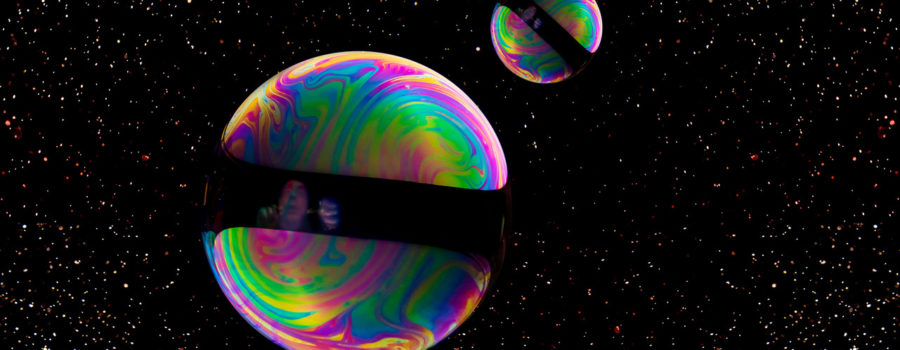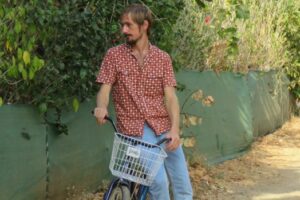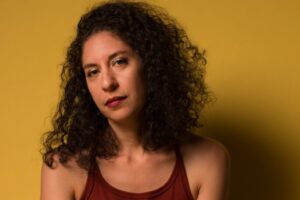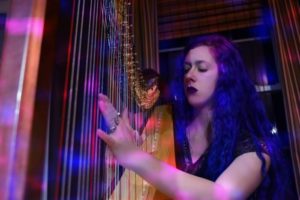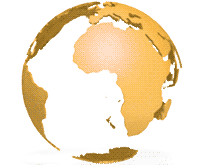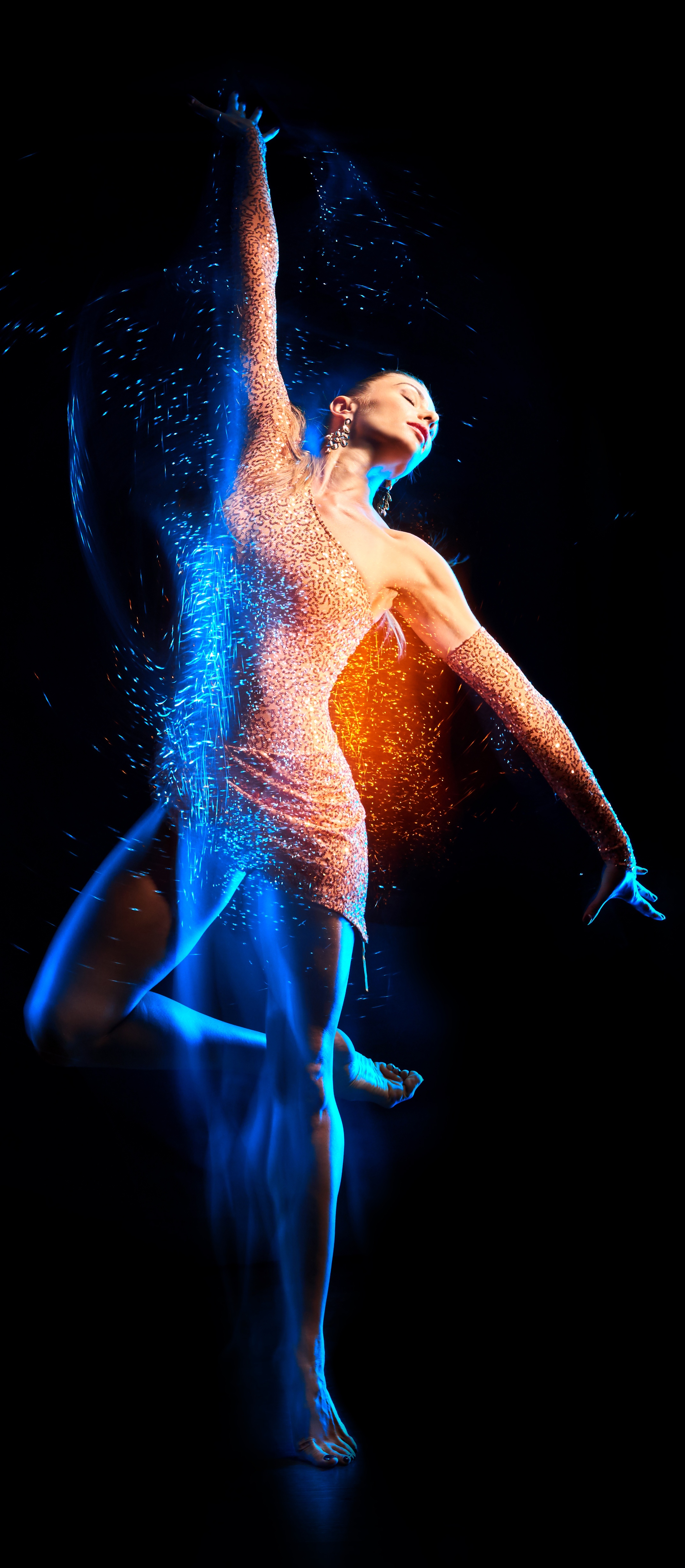A neuroscientist who doubles as a photographer? While this sounds like a potential sitcom on CBS, it’s the reality of Mark Aizenberg. A man with both science and creativity on his side, he’s been able to not only work his magic in one insane field that deals with the human brain but also spend time snapping some of the most incredible images we’ve seen to date. It’s amazing what the human mind is capable of, right? Well, we could’ve just asked Mark Aizenberg all about that but instead, we focused on his focus when it comes to photography like his imaginative way with composition and more.
Kendra: It’s not every day you meet a neuroscientist that doubles as a photographer, and a damn good one at that. Does the more science-driven side of your brain influence your photography in any way?
Mark Aizenberg: Thank you for your appreciation of my work. I’d love to say that my “scientific brain” influences my photography but if it does, I truly don’t know in which way. I do, however, intentionally use rules of Gestalt Psychology for composition and I use my programming skills for some of the projects. But honestly, it doesn’t have anything to do with neuroscience.
Kendra: You’ve seen photography go from dark rooms to digital. Do you feel like anything about the craft was lost over the years as technology advanced?
Mark Aizenberg: This is a really interesting question. I used to have a darkroom in my bathroom when I was young. I remember my fascination with the magic of transforming a white sheet of photo paper into an image. I miss that feeling. Another thing I appreciate about film photography is discipline. When you shoot film, you think twice before releasing the shutter. You have to think through all aspects of the prospective image ranging from composition to exposure. On the other hand, however, I fully realize the advantages of digital photography. Current advances in technologies have liberalized photography and made it accessible to everyone. And I like it!

Kendra: Objects that provoke the imagination are often what draws your attention to them. Do you happen to keep a few of those types of objects around, like on your desk, that are constant imagination enhancers in your everyday life?
Mark Aizenberg: I think that I am not very good at building composition in my head but I am pretty good at seeing it where other people might not. Wherever I go, I always try to notice potential subjects for a shot. It could be an unusual texture, the abstract shape of a tree or an architectural detail looking like a female form. This is like mental adventure and this is my favorite part of photography. There are times when nothing comes to mind. Then the work of other photographers can provide some inspiration. This is when Instagram gets handy. Also, having a habit of regularly posting on Instagram, pushes me to go and shoot even more.
Kendra: When it comes to the subject matter, you have such an array. When you think about what you haven’t tackled yet in terms of photography, is there anything else you’d want to add to your resume?
Mark Aizenberg: I think I still have a long way to go in terms of self-improvement as a photographer. I am still in search of my style; a recognizable fingerprint in photography that will be unmistakably mine. But for now, I prefer not to limit myself to any niche. After all, it is fun to explore different genres of photography.

Kendra: You’ve got a handful of projects from “Faces to Remember” to “Beauty of Decay.” Are these always ongoing, and do you have any new ones in the works?
Mark Aizenberg: Yes and yes. I am constantly adding new material to my old projects. “Faces to Remember” is probably the most important to me. As a son of survivors of WWII, I keep this project close to my heart. Therefore, I take time to volunteer at the Jewish Family and Children’s Service of Greater Philadelphia, which gives me a rare opportunity to meet and engage with the Holocaust survivors.
With regard to new projects, I am getting more interested in macro photography. Water drops and soap bubbles are good examples. Now, I am trying to be more precise with timing, and therefore I take advantage of Arduino to electronically release camera shutter and water valve. This project is currently under development.
Kendra: 2019 has seen you in at least two shows so far, are there more on the way?
Mark Aizenberg: Yes, of course. I am trying to submit my work to many local juried shows. I exhibited this year at Main Line Art Center, Philadelphia Sketch Club and Wayne Art Center where my picture earned best in show prize. There are a couple of exhibitions coming up later this year where I hope to show my work.

